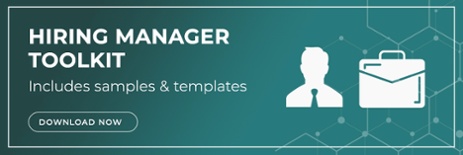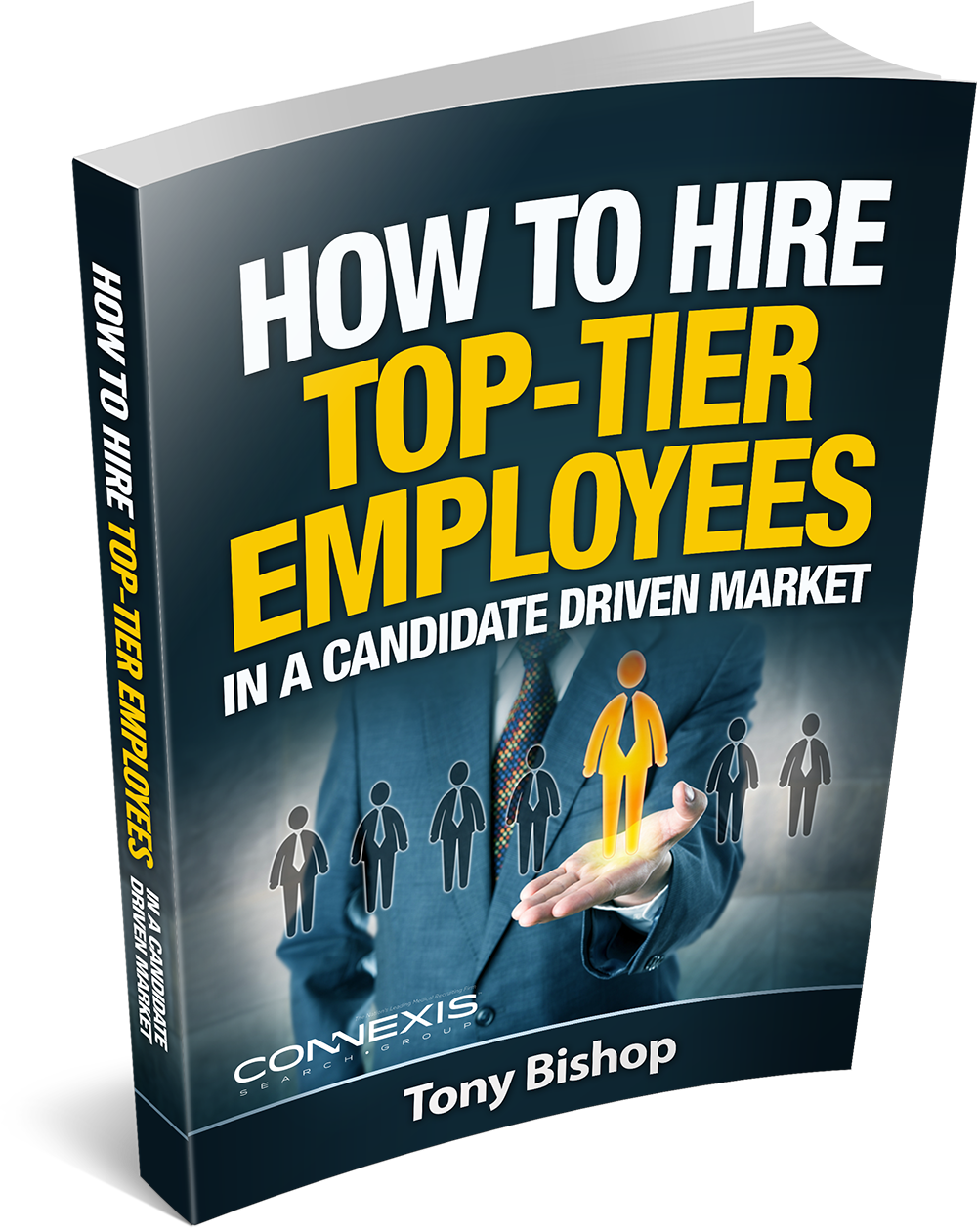6 Deadly Hiring Mistakes Your Company Is Making Right Now
HIRING, RECRUITING, MOLECULAR DIAGNOSTICS, BIOTECH RECRUITER, RECRUITING DONE RIGHT, LIFE SCIENCE RECRUITING, MEDICAL DIAGNOSTICS RECRUITERSWhether you’re a one-person show or manager of a 500-person company, the hiring process is a headache that can waste hours of your time.
Hiring can be a pain, especially in fields like Biotechnology, Life Sciences, and Molecular Diagnostics. Finding the right talent is never easy, and sorting through all the applicants can be overwhelming.
Hiring is hard. Even for companies that hire regularly, not all hires work out. Choosing the right people for the job—this is what makes or breaks a company. Hiring the wrong people will cost a lot of money and time. That is why it is vital to be sure you are not making any of these six deadly mistakes.
1. Not Having a Consistent Process
Think about your hiring process. Is there a straightforward, consistent process that your company follows with each candidate? Is every member of your hiring team following a well-defined pattern every time?
If the answer is no, you might be making a mistake.
You must ask identical questions to each candidate being considered for a position. If you ask drastically different questions when interviewing several candidates for the same job, you risk running into trouble with discrimination laws.
Rather than asking questions as you go, you want to have a list of specific questions to ask every candidate. Of course, this doesn’t mean you can’t branch out, as doing just that is necessary to get a better picture of each candidate’s background. But the types of personal background questions should, at the very least, be similar.
Develop your process and document it so your entire team can copy it. Using tools like our hiring toolkit that can be tailored to each position and easily used for each interview will take all of the guesswork out of the interview process. Instead of focusing on what should be said next, you can focus on the person in front of you.
A clear, consistent process is vital to the success of any hiring program. Why? Because it allows you to examine all of your candidates using the same baseline. A clearly defined process results make it easier to choose who to hire. When choosing, the best candidate becomes less of a headache.
If you are looking to hire the best of the best job seekers, you can’t just consider your needs. You might see that resume pile and think the choice is yours. However, the candidates you most want to hire have just as many options. You aren’t the only one looking for the best candidates.
More importantly, they know it! The interview process has to go both ways across the table. Your job is to sell your company and the position. If your methods do not make time for that, you could lose the candidates you are trying to hire.
2. Not Communicating Exactly What You Want In a Candidate
This mistake is easily one of the most costly and potentially damaging mistakes your company can make. You know what you are looking for in a candidate. You must communicate that on paper. Every excruciating detail you could include needs to be written down.
So how do you do that? It all comes down to your job description. A job description should be so much more than just a brief list of responsibilities with some background requirements tacked on to it. Your job description must be an accurate representation of the role. It needs to reflect everything you are looking for in a new employee. Make sure it describes your perfect match!
Things Your Job Description Should Have
A good job description answers each of the following questions:
-
What are the role’s primary responsibilities?
-
What needs to be produced?
-
What makes an individual a good cultural fit?
-
What are the specific education requirements?
-
What is prior experience necessary?
-
What skills are required?
It would be best if you also made it incredibly clear that you are looking specifically for a good attitude and a willingness to learn.
Adding this kind of clarity doesn’t have to be overwhelming. Once again, it is best to have a predetermined process you can use anytime you need to write a job description. Our hiring toolkit provides an easy-to-use template and gives an example that puts it all together in one easy-to-read document.
3. Moving too Fast
Trying to move through the process too quickly is a common mistake that results in many pitfalls. Some of these are more obvious than others. One of the biggest is not correctly screening candidates. If you don’t take the time to screen your candidates before asking them to come in for an interview, you are potentially wasting valuable time.
Of course, there are bound to be unqualified candidates in that stack of resumes, and you have to weed all of those out. You also might be setting yourself up to miss the best-qualified candidate if you move too quickly.
You also do not want your candidates to feel rushed. They need the opportunity to learn about your business. Rushing them through the process at top speed could cause them to question their interest in the position. If they think you will hire absolutely anyone, they may see your company as a waste of their talent.
4. Hiring Inside Your Bubble.
So what does ‘hiring inside your bubble’ mean? Simply put, it is primarily hiring people who share a similar background to oneself. Hiring managers can often find themselves unintentionally making this mistake.
Of course, to a certain degree, this is human nature. However, any company looking forward to its future growth must hire people who challenge the usual way of thinking. New ideas are vital for pushing beyond current boundaries. Those boundaries must be expanded if you are going to grow.
Ensuring that you aren’t hiring inside your bubble will require you to take an honest look at yourself, anyone else involved in hiring, and anyone you have recently hired. For many individuals, these conversations are uncomfortable. They are also worth having as they can also be critical to the future health of your company.
5. Waiting to Check References or Backgrounds
Suppose you do a quick Google search asking when references are typically checked. In that case, you are likely to see that every item on the first page of results overwhelmingly indicates that the standard or right time is just before you offer the job to someone. A Society for Human Resource Management (SHRM) survey from 2019 shows that 87% of companies conduct background checks (or checking references) only during their pre-employment screenings. This is after the job offer is made.
The Harvard Business Review indicates that checking references only as the last step before extending that formal offer is a mistake. Most employers agree that skipping the reference check entirely is bad. However, checking these references before deciding to interview a candidate can help you filter out the candidates who might not be the best fit for the role or your company.
One CEO recently discussed checking references in advance with INC magazine. Daniel Sillman of Relevant Sports Group notes that he is better prepared to ask the right questions when he takes the time actually to get to know the candidate’s background. Taking this time to get to know a potential employee during the hiring process can help you choose a more likely candidate to commit to your business.
6. Moving too Slow
Just as moving too quickly can have a damaging downside, there are also concerns about moving too slowly. Markets can be highly competitive. Taking too long while you look for the perfect candidate could likely cause you to miss out on other potentially great candidates. Those fantastic but not quite perfect candidates will get fed up with waiting.
They will move on to another position and could likely form a negative opinion about your organization that sticks with them. Our hiring toolkit can help you set up a quick and efficient hiring process that eliminates this risk.
Hiring can be a pain. Finding the right talent is never easy, and sorting through all the applicants can be overwhelming. Every company has made the mistake of bringing on people that didn’t fit with their culture or couldn’t keep up with the workload. Setting up a consistent, reliable process and focusing on finding the best possible job seekers will never be entirely painless. However, having a solid plan in place goes a long way toward meeting your hiring goals.
Even when you incorporate all of the best advice and have a solid routine, there is no guarantee you won’t still occasionally struggle with hiring. Some positions are much harder to fill than others. If you find your company in this position, remember you are not alone. Our team includes twenty-two expert-level recruiters who can help you find high-level candidates exactly when you need them.
Subscribe today to be notified of new articles!





No Comments